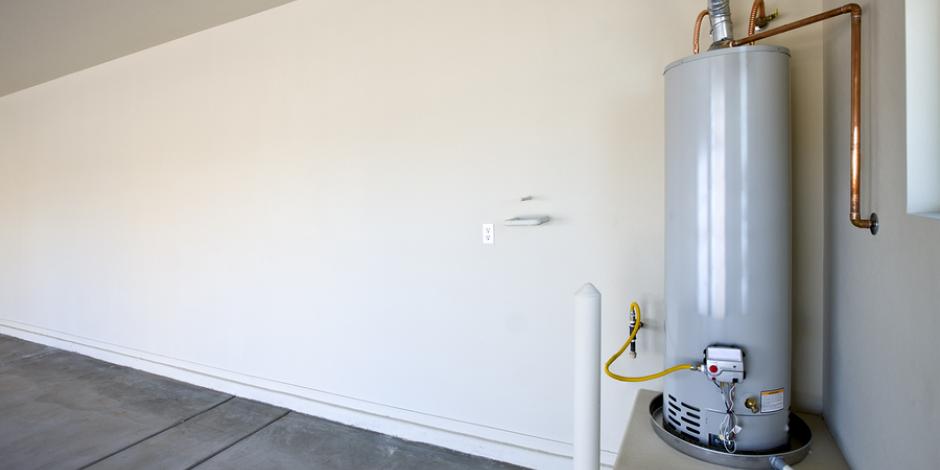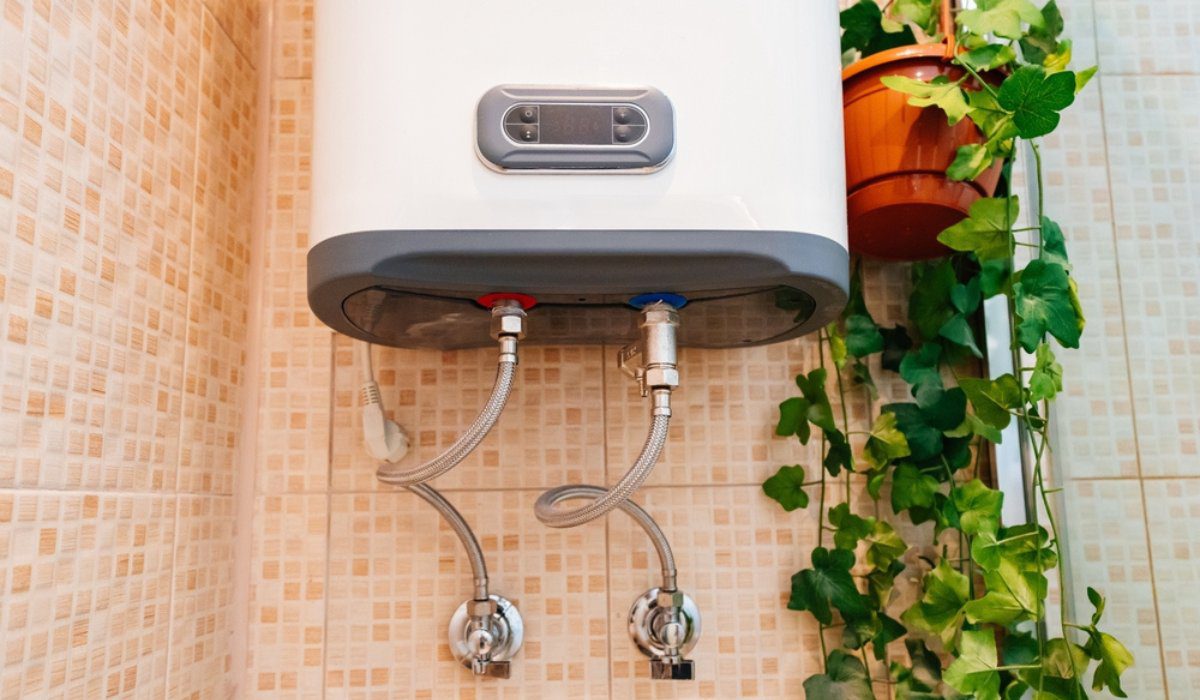Expert Tips for Maintaining Your Home's Hot Water SystemStraightforward Methods to Maintain Your Home's Hot Water System Properly
Expert Tips for Maintaining Your Home's Hot Water SystemStraightforward Methods to Maintain Your Home's Hot Water System Properly
Blog Article
We have uncovered this great article relating to How to Maintain Your Water Heater & Prolong its Life below on the web and accepted it made sense to talk about it with you on this page.

Warm water is vital for day-to-day comfort, whether it's for a refreshing shower or washing recipes. To guarantee your hot water system runs successfully and lasts longer, normal maintenance is vital. This article supplies useful tips and understandings on exactly how to maintain your home's warm water system to stay clear of interruptions and costly repair services.
Intro
Maintaining your home's warm water system might appear daunting, however with a couple of easy steps, you can guarantee it runs efficiently for years to find. This guide covers every little thing from understanding your warm water system to DIY upkeep tips and knowing when to employ professional assistance.
Relevance of Maintaining Your Warm Water System
Regular maintenance not only expands the life expectancy of your hot water system however additionally guarantees it runs efficiently. Ignoring upkeep can result in lowered effectiveness, greater energy costs, and even early failing of the system.
Indicators Your Hot Water System Requirements Maintenance
Knowing when your warm water system requires focus can prevent major problems. Keep an eye out for indicators such as inconsistent water temperature, odd noises from the heating unit, or rustic water.
Recognizing Your Hot Water System
Before diving into upkeep jobs, it's valuable to understand the standard components of your hot water system. Usually, this consists of the hot water heater itself, pipes, anode rods, and temperature controls.
Regular Monthly Upkeep Tasks
Regular monthly checks can assist catch small concerns prior to they escalate.
Purging the Hot Water Heater
Flushing your water heater removes sediment buildup, improving efficiency and prolonging its life.
Checking and Replacing Anode Rods
Anode poles prevent corrosion inside the storage tank. Evaluating and changing them when broken is critical.
Checking and Adjusting Temperature Settings
Changing the temperature setups makes sure ideal performance and safety.
DIY Tips for Upkeep
You can execute numerous upkeep jobs on your own to keep your hot water system in top problem.
Checking for Leaks
On a regular basis check pipelines and links for leakages, as these can cause water damages and greater costs.
Testing Pressure Alleviation Valves
Examining the stress relief valve guarantees it works properly and avoids too much stress build-up.
Shielding Pipelines
Shielding warm water pipelines decreases warm loss and can save power.
When to Call an Expert
While do it yourself upkeep is helpful, some concerns need specialist know-how.
Complicated Problems Needing Expert Help
Instances consist of significant leaks, electric issues, or if your water heater is continually underperforming.
Regular Expert Upkeep Benefits
Specialist upkeep can include detailed assessments, tune-ups, and guaranteeing compliance with safety and security requirements.
Verdict
Regular upkeep of your home's hot water system is essential for performance, longevity, and price financial savings. By complying with these pointers and understanding when to look for expert aid, you can guarantee a dependable supply of hot water without unanticipated disruptions.
Water Heater Maintenance: The Basics
Maintaining your water heater will ensure it operates efficiently and has a longer lifespan. Neglecting regular maintenance can lead to costly repairs and an even bigger chunk of your savings if you have to replace it sooner than necessary. But there’s good news: Most water heater maintenance tasks are relatively simple and easy for homeowners with basic DIY skills.
Flush the Water Heater
Over time, sediment and minerals can build up in the tank, reducing its efficiency and potentially causing damage. To flush the tank, turn off the power or gas supply, attach a hose to the drain valve near the bottom and open the valve to drain the water until it runs clear. Ideally, flush the tank annually.
Replace the Anode Rod
The anode rod is a sacrificial metal rod that helps prevent corrosion inside the tank. Inspect and replace it every three to five years or per the manufacturer's recommendation. To replace the anode rod, turn off the power or gas supply, drain a few gallons of water from the tank, unscrew the old rod and replace it with a new one. If the anode rod is significantly corroded or covered in calcium buildup, it's a sign the water heater may need to be replaced soon.
Tune-Up
A yearly tune-up can help identify potential issues and ensure your water heater operates at peak efficiency. This typically involves checking the thermostat, burner assembly (for gas heaters) and any other components specified by the manufacturer. During a tune-up, the technician may also clean the burner and adjust the pilot light (for gas heaters) or examine the heating elements (for electric heaters).
How to Maintain Your Water Heater
Insulate the tank. Insulating the tank can improve energy efficiency and reduce heat loss, saving you money on energy bills. You can purchase precut insulation blankets designed specifically for water heaters or use standard fiberglass insulation wrapped securely around the tank. Check the temperature. The recommended water temperature for most households is around 120 degrees Fahrenheit (49 degrees Celsius). Higher temperatures can increase energy costs and potentially cause scalding. Use a kitchen thermometer to check the temperature at the faucet nearest the water heater. Monitor water pressure. Excessive water pressure can strain the water heater and cause leaks or even tank failure. Install a pressure-reducing valve if necessary. The ideal water pressure range is between 60 and 70 PSI (pounds per square inch). Test the temperature and pressure (T&P) relief valve. The T&P relief valve is a safety feature that releases pressure if the tank gets too hot or the pressure builds up too high. Test it annually by lifting the lever and allowing a small amount of water to release. Replace the valve if it doesn't release water or reseal properly. Check for leaks. Regularly inspect the tank, pipes and fittings for leaks or corrosion. Deal with issues promptly to prevent further damage. Even a small leak can lead to significant water damage over time. Consider a tankless water heater. If your traditional tank-style water heater is nearing the end of its lifespan ( typically 10 years), consider replacing it with a tankless water heater. These units heat water on demand, reducing standby energy losses and potentially saving you money on your energy bills. Schedule professional maintenance. While homeowners can perform many water heater maintenance tasks, it's still a good idea to schedule professional maintenance every few years. A plumber or HVAC technician can thoroughly inspect the unit, identify potential issues and ensure it operates safely and efficiently. https://www.homeserve.com/en-us/blog/home-improvement/hot-water-heater-maintanence/

I recently found that entry about How to Maintain a Hot Water Heater in a Few Simple Steps when doing a search on the web. Are you aware of another person who is fascinated about the niche? Take a moment to promote it. I treasure your readership.
Customer Reviews Report this page